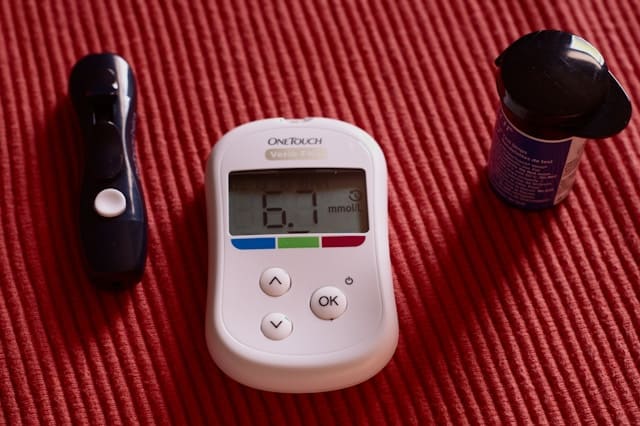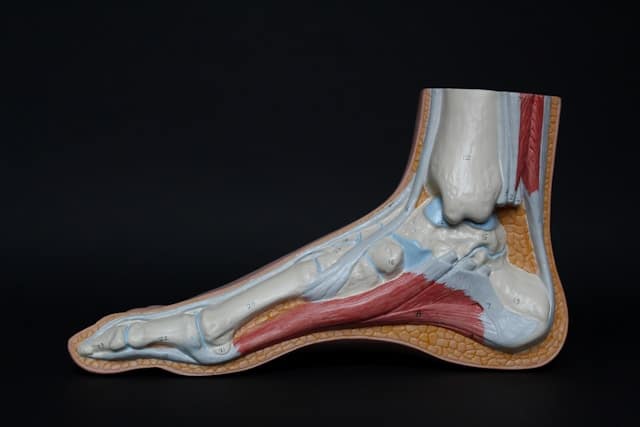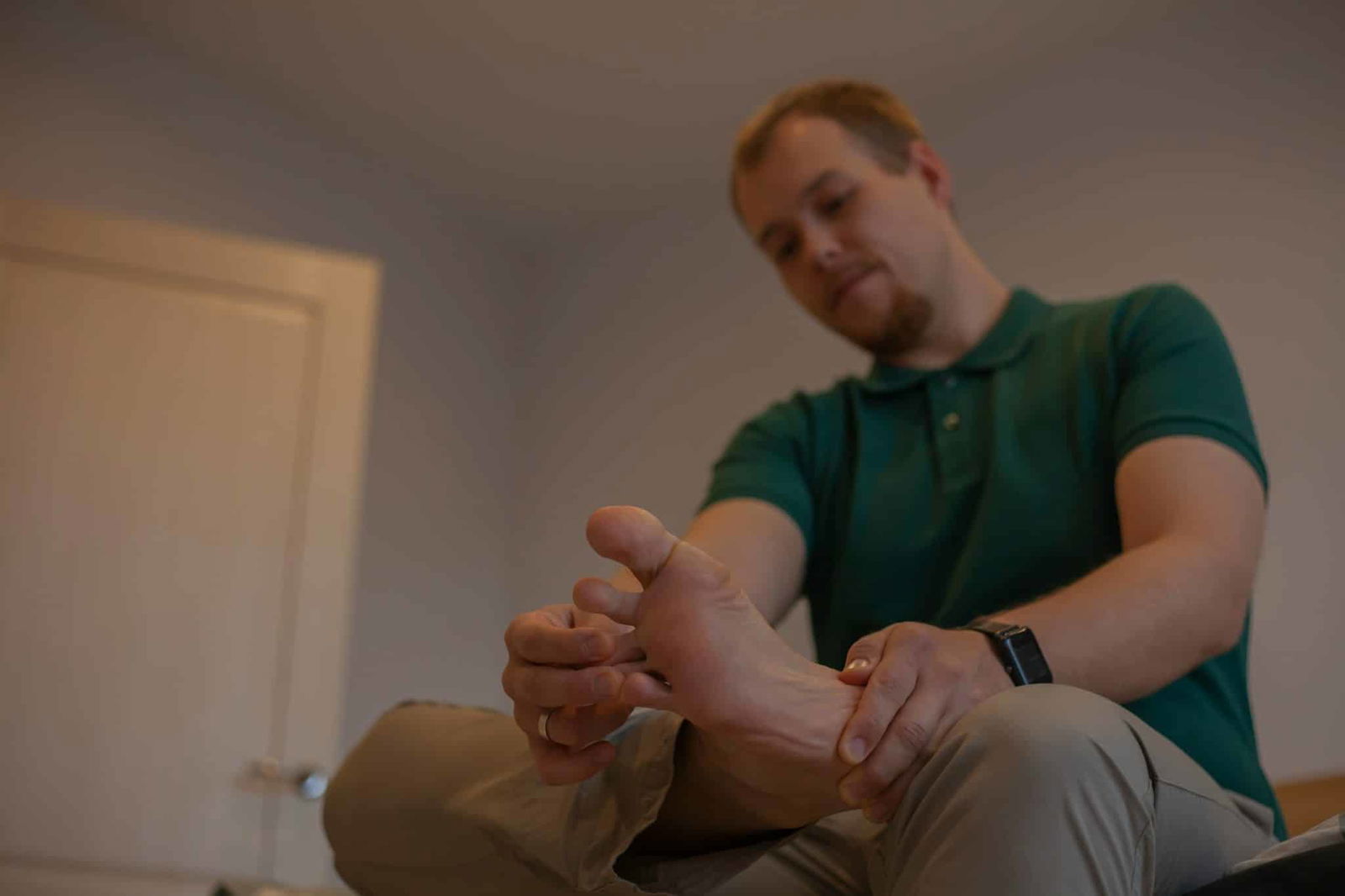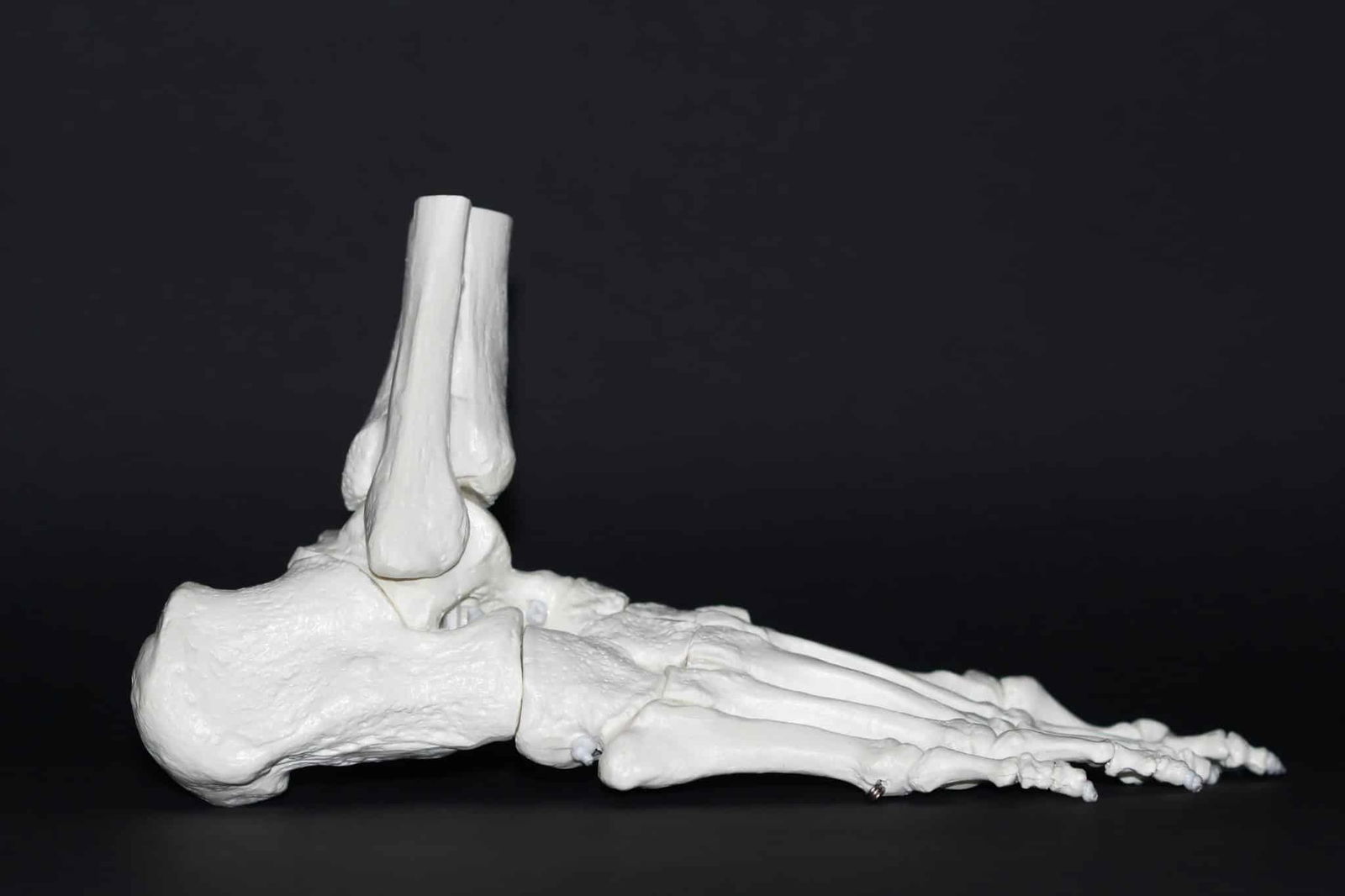Diabetes often presents with subtle symptoms that many overlook. While increased thirst and frequent urination are well-known indicators, your feet can also reveal critical clues about your blood sugar levels. Recognizing these unusual foot symptoms can lead to early diagnosis and better management of diabetes.
1. Numbness in the Feet

Persistent numbness or a tingling sensation in your feet may be a sign of diabetic peripheral neuropathy. Elevated blood sugar levels can damage nerves, leading to a loss of sensation. This condition not only causes discomfort but also increases the risk of unnoticed injuries, as you may not feel pain or temperature changes. Early intervention is crucial to prevent irreversible nerve damage.
2. Frequent Leg Cramps

Experiencing regular cramps in your legs, especially at night, could be linked to high blood sugar levels. Diabetes can cause blood vessels to narrow and harden, reducing blood flow to the extremities. This decreased circulation often results in painful cramps and muscle fatigue. Maintaining proper blood sugar control can help alleviate these symptoms.
3. Itchy Feet

Chronic itching in your feet might be more than just dry skin. Diabetes can lead to poor circulation and dry skin, causing persistent itchiness. Additionally, high blood sugar levels can trigger fungal infections, further contributing to the discomfort. If moisturizing doesn’t relieve the itch, it’s advisable to consult a healthcare professional.
4. Slow-Healing Sores

Noticeable delays in the healing of cuts or blisters on your feet can be a warning sign of diabetes. Elevated glucose levels impair the body’s natural healing process and weaken the immune system, making infections more likely. Attending to wounds promptly and monitoring their progress is essential to prevent complications.
5. Dark Patches on the Skin

The appearance of darkened areas, particularly on the lower legs, may indicate a condition called acanthosis nigricans, which is associated with insulin resistance. These patches can be a precursor to diabetes and warrant medical attention. Early lifestyle changes and management can improve skin appearance and reduce the risk of developing type 2 diabetes.
6. Burning or Sharp Pain

Many people with diabetes experience an intense burning or sharp pain in their feet, often described as electric shocks or stabbing sensations. This occurs due to nerve damage, also known as diabetic neuropathy, which disrupts the normal pain signals sent to the brain. The pain may come and go or persist continuously, becoming worse at night and interfering with sleep. Over time, untreated nerve damage can lead to a complete loss of sensation, increasing the risk of unnoticed injuries or infections.
7. Cold Feet Despite Warm Weather

If your feet frequently feel cold even in warm environments, it could be a sign of poor circulation caused by diabetes. High blood sugar levels can damage blood vessels, restricting blood flow to the extremities and leaving your feet feeling icy. Unlike cold feet due to temperature changes, this symptom persists regardless of external conditions. Poor circulation not only affects comfort but also slows down the healing process, increasing the risk of ulcers and infections.
8. Dry or Cracked Skin

Diabetes can interfere with the body’s ability to retain moisture, leading to excessively dry, cracked skin, especially on the feet. The condition may be worsened by nerve damage that reduces sweating, a natural way the body keeps skin hydrated. Cracked skin can create openings for bacteria and infections, making foot care essential for those managing diabetes. Regular moisturizing and proper foot hygiene can help prevent complications from developing.
9. Fungal Infections

A weakened immune system and poor circulation make people with diabetes more vulnerable to fungal infections, such as athlete’s foot and toenail fungus. Athlete’s foot can cause itching, redness, and peeling skin, often between the toes, while fungal toenail infections lead to thickened, discolored nails that may become brittle or crumbly. These infections can be persistent and difficult to treat, requiring antifungal medications or professional care to prevent worsening conditions.
10. Foot Deformities

Over time, diabetes can cause nerve and muscle damage that alters the structure of the feet. Conditions like hammertoes, claw toes, or a high arch may develop due to weakened muscles and imbalanced pressure distribution. In severe cases, a condition called Charcot’s foot may occur, where bones weaken and shift, leading to noticeable deformities. Regular foot checkups and wearing supportive footwear can help manage these changes and prevent further complications.
Your feet can provide vital insights into your overall health. If you’re experiencing any of these unusual symptoms, it’s important to consult a healthcare provider promptly. Early detection and management of diabetes can significantly improve your quality of life and help prevent serious complications.
